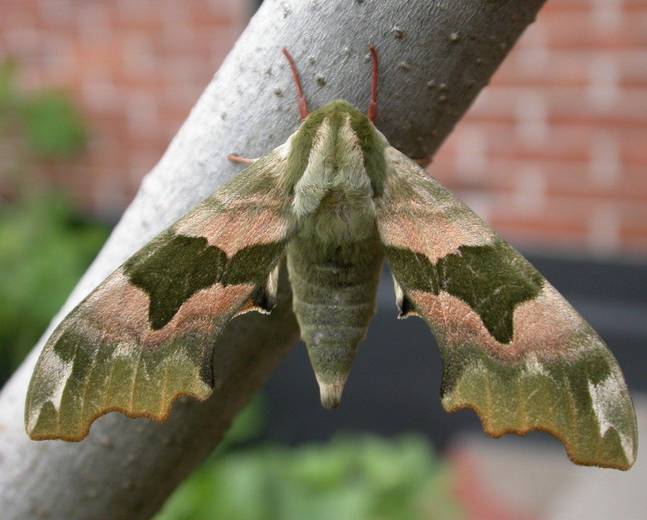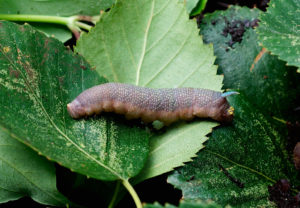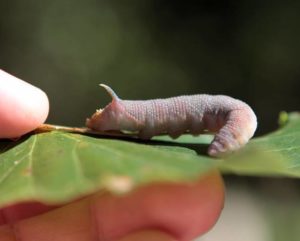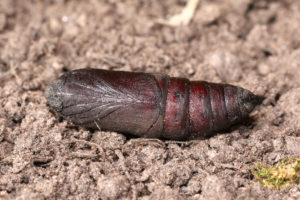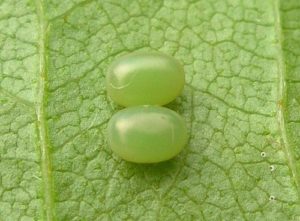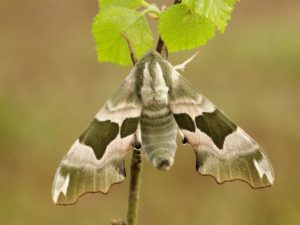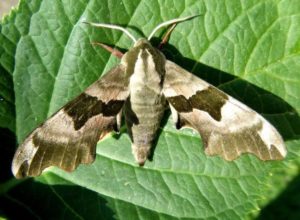Lime Hawk Moth (Mimas tiliae)
The lime hawk moth is a member of the family of hawk moths. Swedish zoologist Carl Linnaeus first described the species in the 10th edition of his book Systema Naturae in 1758.
candidegardening.com
Scientific Classification
- Family: Sphingidae
- Genus: Mimas
- Scientific Name: Mimas tiliae
Description and Identification
Adult Moth
Sexual Dimorphism: Present.
The base color of the forewings is green in males and brown in females. Moreover, the males also have slender and strongly curved abdomen, while the females are fat and straight, mainly filled with eggs.
Color and Appearance
Forewing: When opened, they are pink or buff darker near the inner angle, with either one or two brown or green blotches running across, sometimes merging into a band at the forewing’s center. When closed, the patterns remain the same but are less visible.
Hindwing: When they are opened, they are plain without much patterns, appearing either gray or buff-brown. When closed, they remain unaltered.
Average wingspan: 46-78mm
Flight pattern: Consistent
Season: May – July
Quick Facts
| Distribution | Europe; mainly England, mostly found in London, but has also spread to the northern parts of Britain, inhabiting northern Yorkshire, and also areas beyond it |
| Habitat | Gardens, parks, woodlands, and urban areas |
| Lifespan of Adults | Not recorded |
| Host Plants | Alder, birch, elm, lime, oak, and mulberry |
| Adult Diet | Does not feed |
Scientific Classification
- Family: Sphingidae
- Genus: Mimas
- Scientific Name: Mimas tiliae

